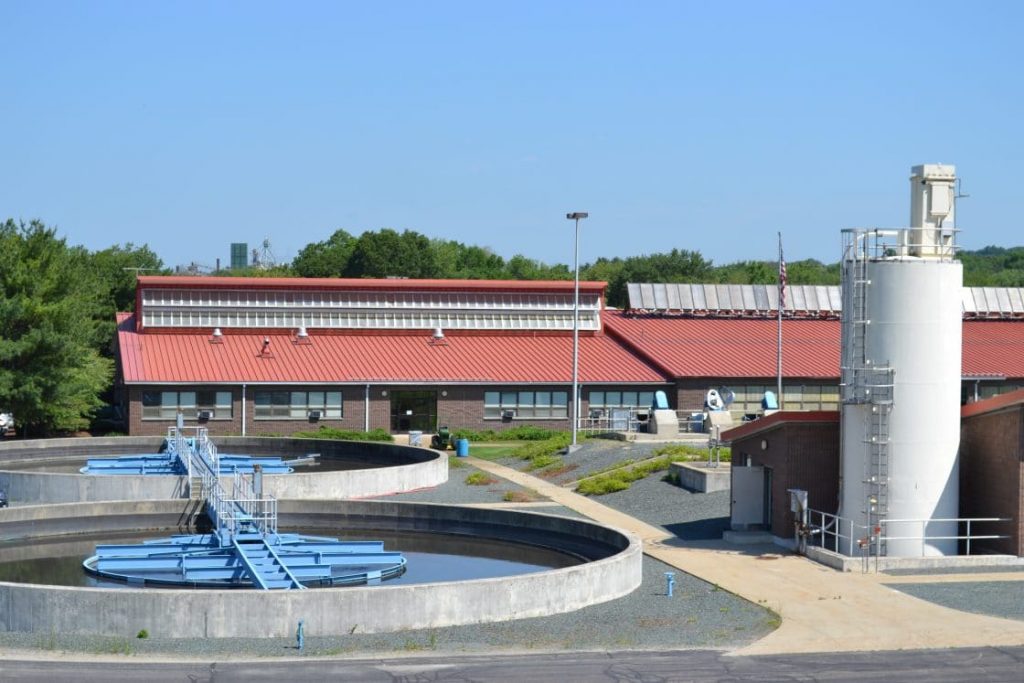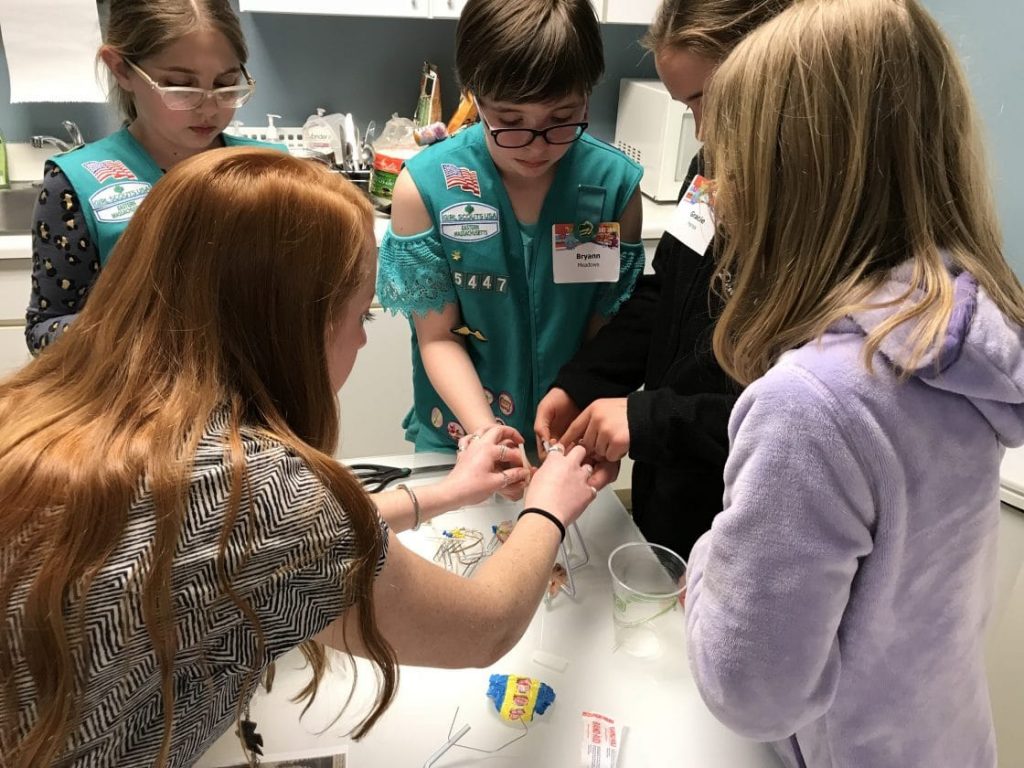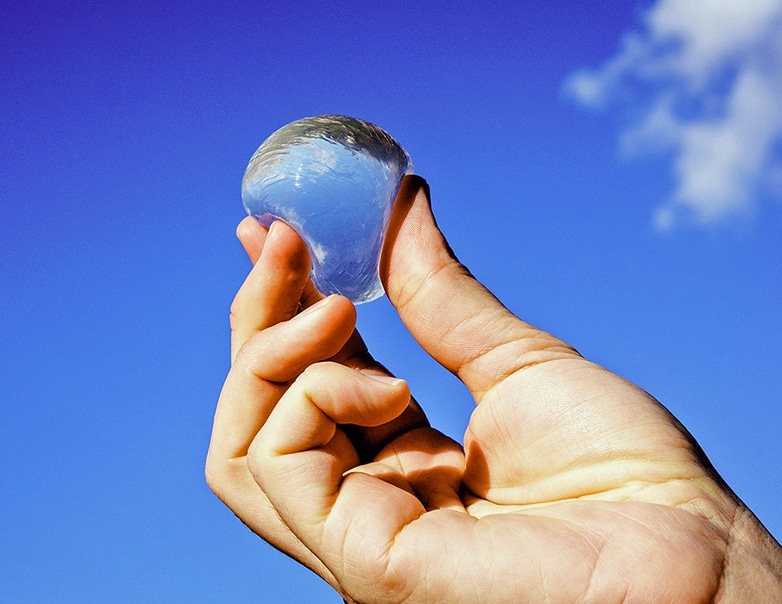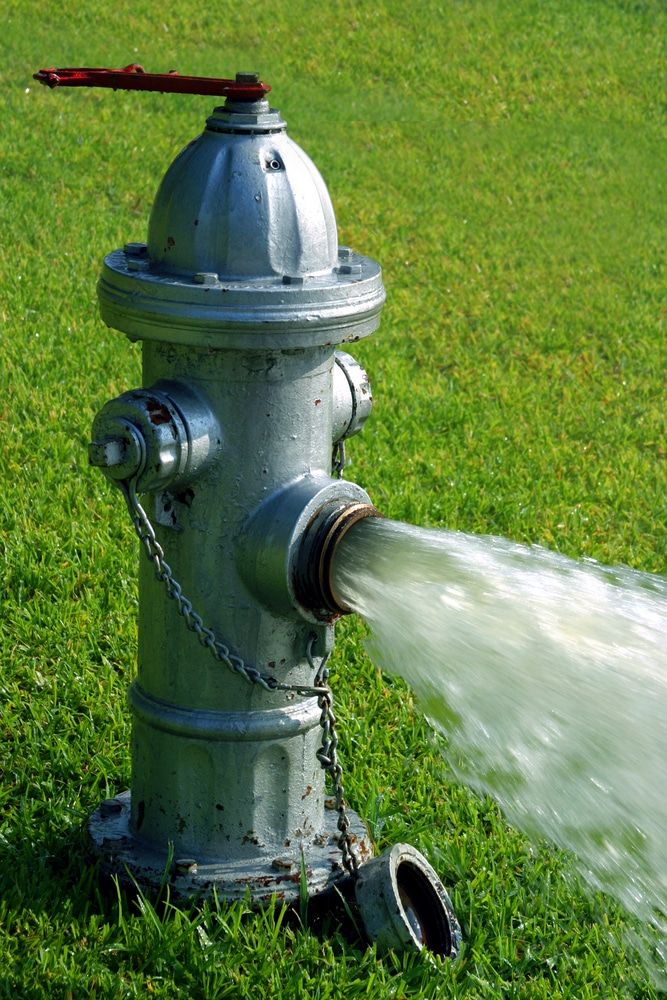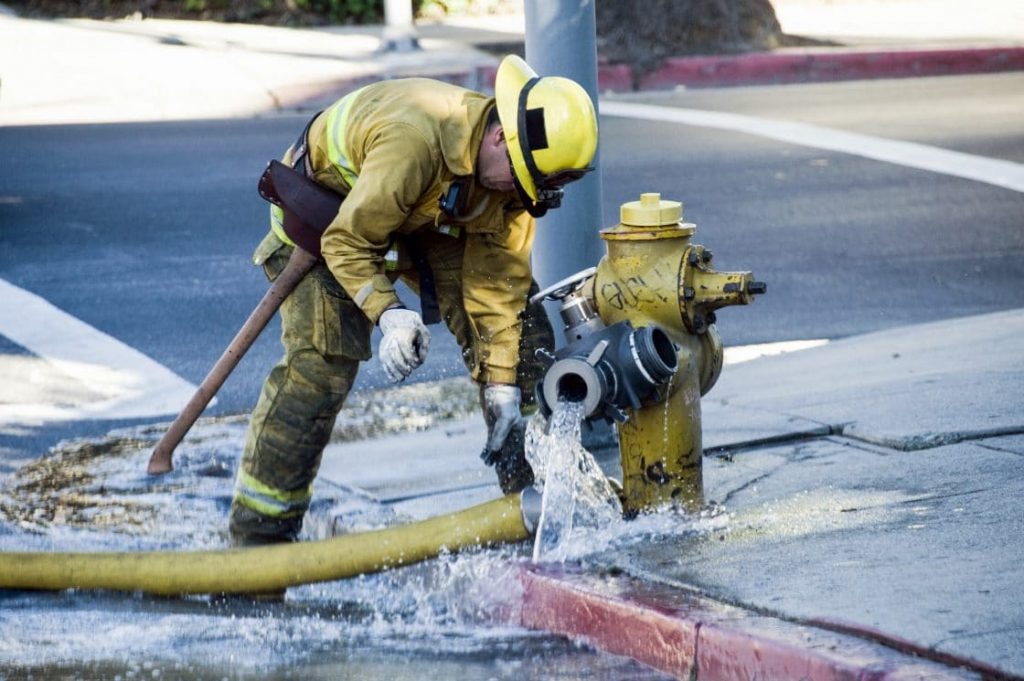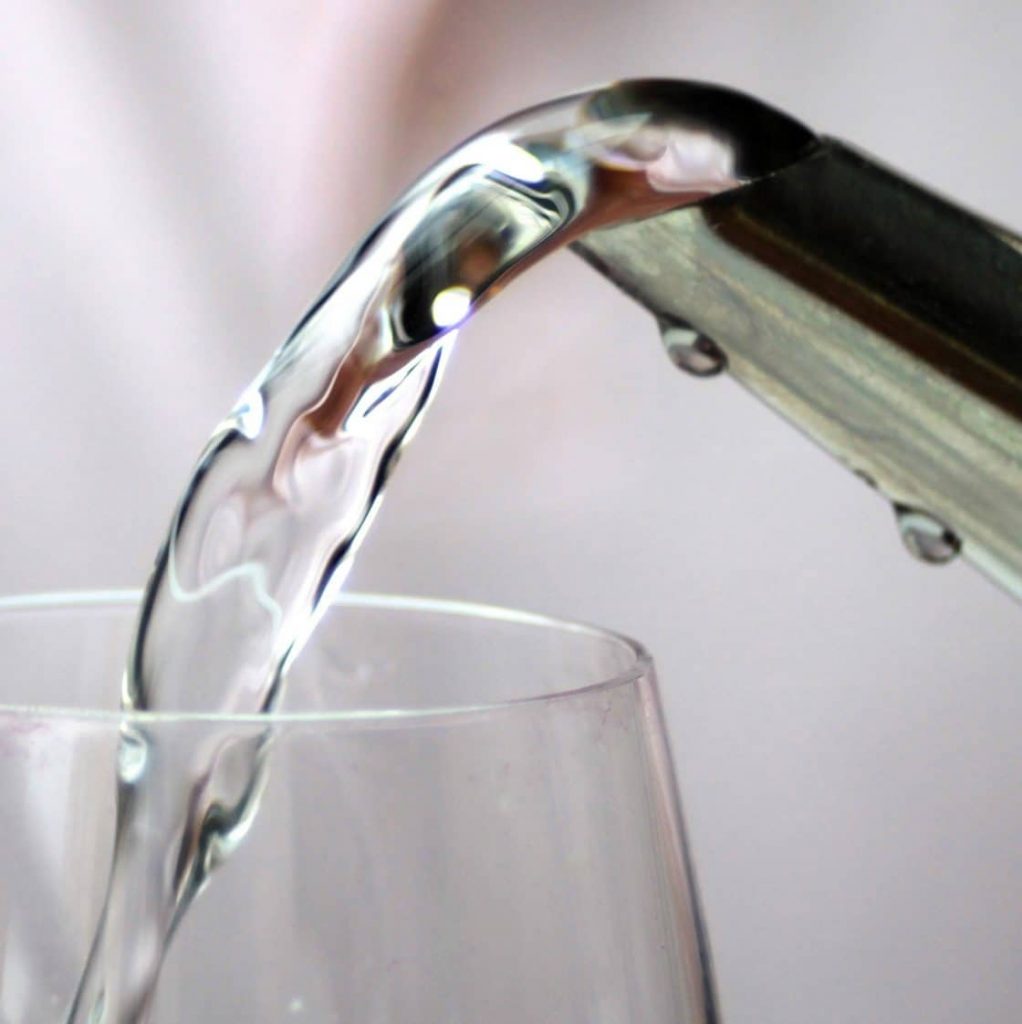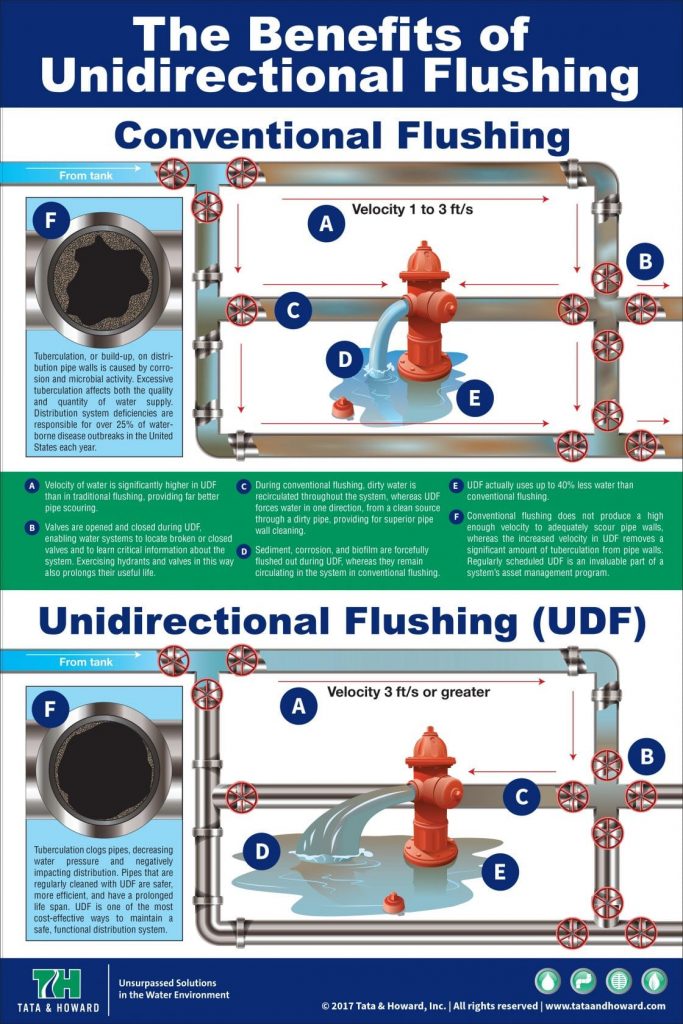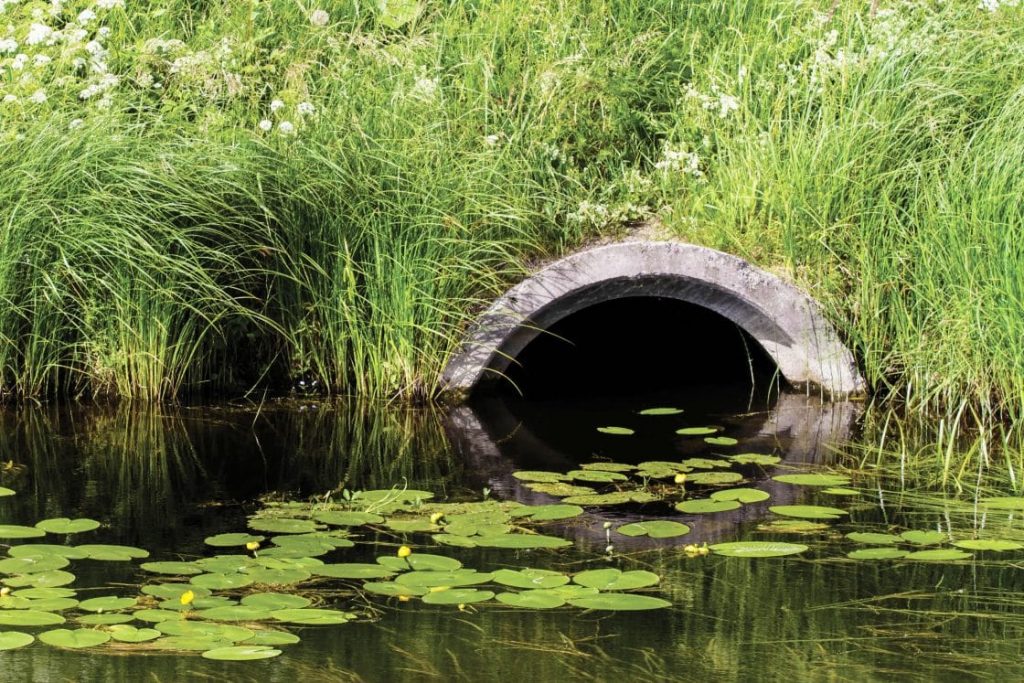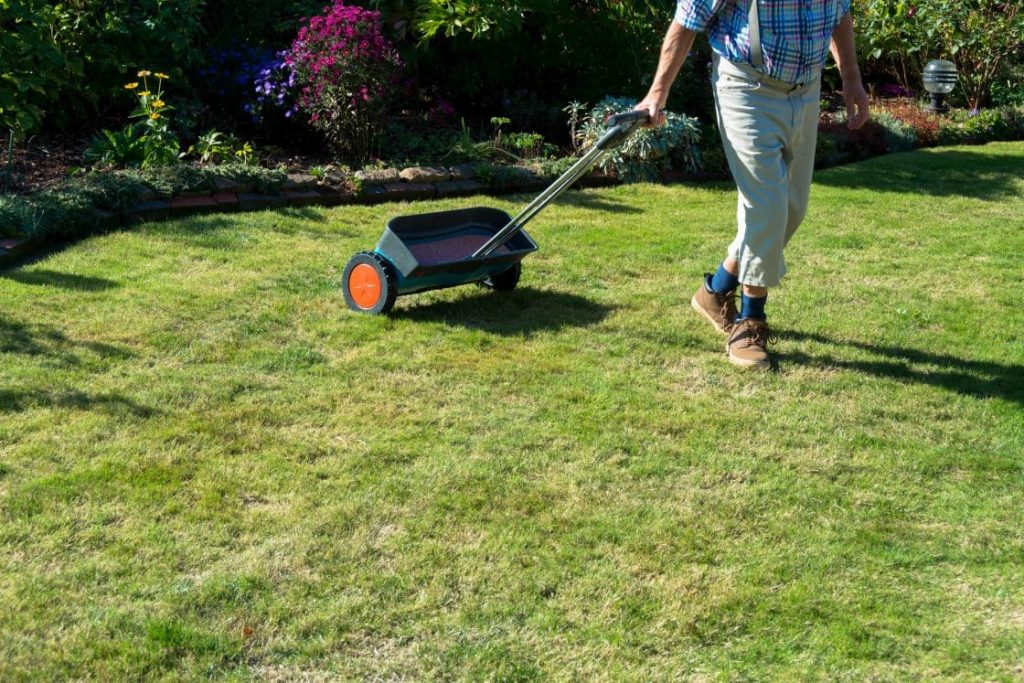Happy Earth Day! We hope you will do your part to keep our earth clean and read on to learn about the ways that you can make a difference when it comes to preserving water and keeping it clean.
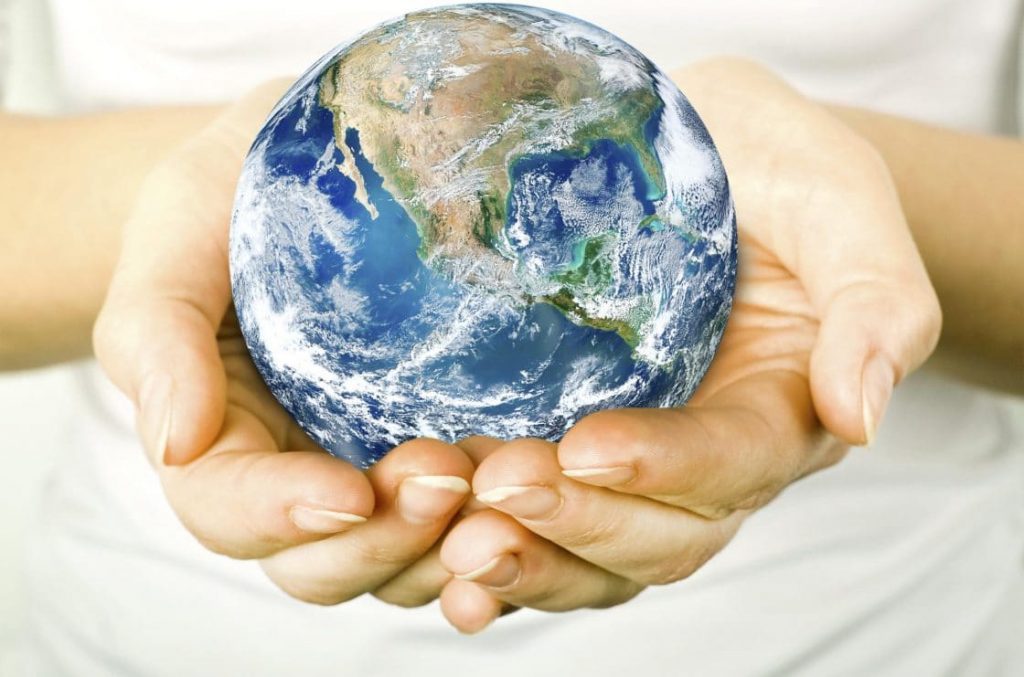
Making a Difference since 1970
Since the first Earth Day on April 22, 1970, the environmental movement has continued to grow with each passing year. What started as a way to bring ecological awareness to the forefront of people’s minds, became the catalyst for greater causes including the U.S. Environmental Protection Agency (EPA) and the Clean Air, Clean Water and Endangered Species Acts. The Earth Day that we have grown to know encourages people from around the world to advocate for a cleaner earth.
Clean Water Act
As civil engineers in the water environment, we are particularly grateful for the CWA that stemmed from 1970 Earth Day efforts. When amended in 1972, this act:
- Established the basic structure for regulating pollutant discharges into the waters of the United States
- Gave the EPA the authority to implement pollution control programs
- Maintained existing requirements to set water quality standards
- Made it unlawful for any person to discharge any pollutants from a point source into navigable waters
- Funded the construction of sewage treatment plants
- Recognized the need for planning to address critical problems caused by nonpoint source pollution
Since 1972, many other laws have been put into place to aid in the cleanliness of our waters. In addition, clean water for all has become an issue that millions of people around the world care about.
Curious in how you can contribute to a better water environment this year?
Turn off Your Faucet
Did you know that you can save up to eight gallons of water each day by turning off the faucet when you brush your teeth, wash your face or shave? This equates to more than 200 gallons of water each month! This is one of the simplest and most effective ways to save water. Start this habit on Earth Day 2019 and carry it through every day!
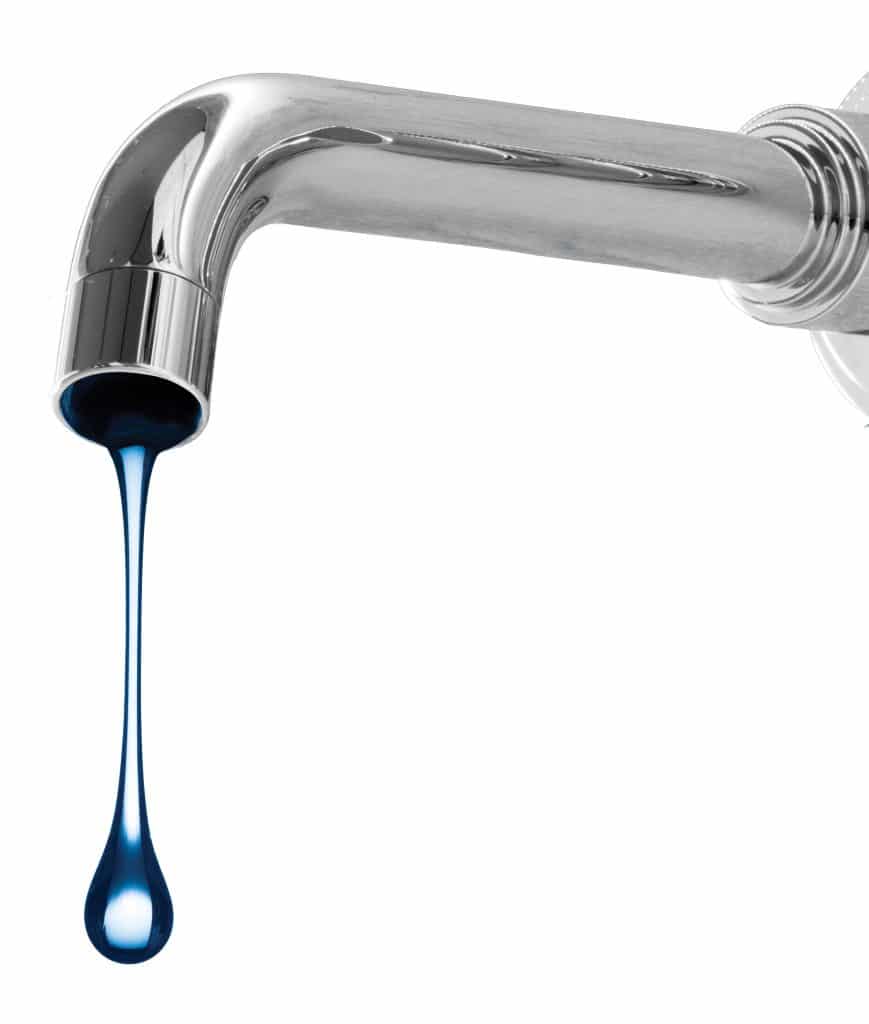
Buy Products with Minimal Chemicals
If you’ve ever looked at the ingredients list on the back of any bathroom or kitchen product, you likely saw a number of words you can’t pronounce. While these ingredients serve their purpose, many are not good for the environment. Because of this, it’s important to be mindful of what gets washed down the drain. Although the water that comes through our showers and faucets has been treated, there are still many chemicals that end up in our water supply that cannot be removed.
Stop Polluted Stormwater Runoff
One of the most detrimental sources of pollution in rivers is polluted stormwater runoff. Chemicals and harmful pollutants that collect on impermeable surfaces like pavement and concrete get washed into rivers, streams and creeks. Fertilizers, road salt, pesticides, trash, car oil and more are just a few examples of harmful pollutants that flow into storm drains and straight into natural water sources. This kills fish, erodes streams, pollutes swimming areas, floods homes, and amongst other problems.
You can do your part in preventing polluted stormwater runoff by using products that are not harmful to the environment. Using organic fertilizer, green soap solutions, and minimizing the use of salt during winter will help tremendously. Being mindful of what goes into storm drains will help as well. So, keep in mind – only rain goes in the drain.
Another solution is to use native plants to capture and filter polluted runoff. Rain gardens, rain barrels, downspout diversions and permeable pavements are also excellent at-home solutions.
Use Refillable Water Bottles
Each year, Americans use an average of 50 billion plastic water bottles. Of that, roughly 9 percent of them are recycled. The rest go into landfills, or become litter, polluting our rivers, streams, and oceans and harming wildlife. Invest in a reusable water bottle and refill it throughout the day to save the environment, and your wallet!
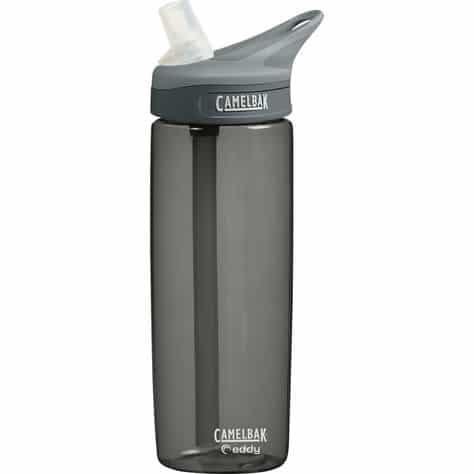
Take Action!
The best way you can help contribute to cleaner water for all is to get involved. There are programs in your community, and around the country and world that are dedicated to keeping waters clean. Water for People and Water Mission are among the hundreds of organizations whose mission is to provide clean, safe water for all. In addition, getting out in your own neighborhood and collecting garbage from streets and water is an excellent starting point!
Happy Earth Day 2019!


